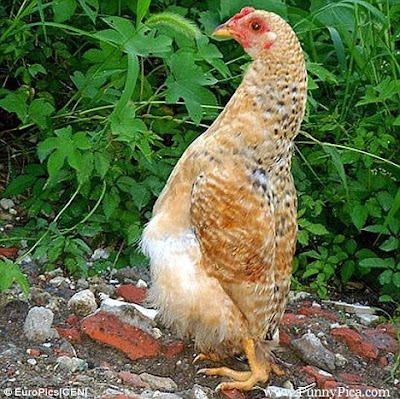- Apr 26, 2011
- 1,142
- 41
- 241
Two year old hen feathers fluffed out.walking slowly,keeps squatting as though she is going lay.i found two soft eggs in two separate mornings,under roost board last week.I have seen her eat,but not much as she normally does.i thought she may be egg bound.i brought her in the house and gave her a warm Epsom salts water bath and massage her abdomen.she did not pass a egg.i could not feel any egg inside of her.i also gave her some olive oil.in case she had sour crop.i just finished up my flocks six month worming last month.so i know its not worms.she has always healthy and a good layer.any help would be greatly appreciated.





